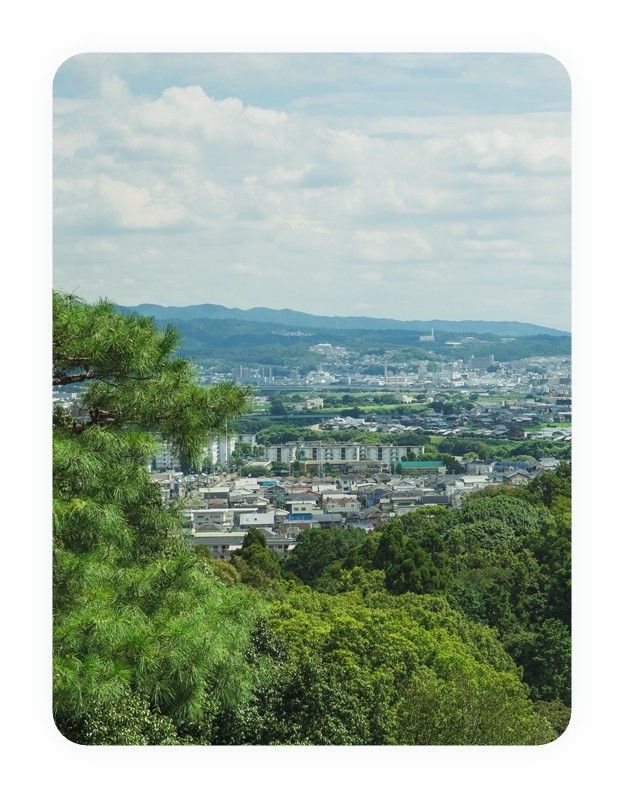Zefir
Homepage / Zefir

Zefir responds to market needs
The energy transformation of an area such as a municipality, a cluster, an industrial plant or even a single building requires knowledge of investment planning, economic, technical and regulatory aspects in the fields of energy and heating.
In order to benefit from governmental and EU funding sources for these purposes, projects and programmes must be carefully prepared, showing, among other things, the medium and long-term impact on the environment, the stability of the energy system, or the compatibility of planned investments with long-term EU state policies.
In order to take advantage of government and EU funding sources for these purposes, projects and programmes need to be carefully prepared, showing, among other things, the medium- and long-term impact on the environment, the stability of the energy system, or the compatibility of planned investments with long-term EU state policies. Zefir meets all these needs and is an indispensable tool for carrying out an effective and optimal energy transformation.
How the Zefir works
Zefir is made up of five key sets of actions, the implementation of which we call the Energy and Air Quality Transformation Roadmap.
1
Inventory
The inventory is the key stage that determines the quality of the analysis. The basis of the analysis is the data obtained from the "physical inventory". Before going into the field, the team preparing the inventory draws up a list of all the buildings in the municipality, specifying their location on a map (geographical coordinates). After compiling a complete database of buildings in the area, the team goes to the address indicated and assesses the building's condition, size and other parameters needed for the analysis. A given building is classified in an appropriate category, which minimises estimation error.
The inventory of public buildings administered by the municipality is carried out on the basis of records, and energy consumption is determined on the basis of actual bills.
Other data are collected from locally available sources and registers.
2
Analysis and recommendation
The collected data is checked for correctness and then subjected to statistical analysis. In this way, a verified database of buildings and emission sources from the given area is created. The next step is to assign specific consumption to a given location - this stage is carried out by comparing a given building with similar buildings from other municipalities, which are already included in the database.
In randomly selected buildings, data-loggers (devices that read values e.g. every hour, in this way the model is calibrated and its accuracy increases over time) are installed. The verified information on energy consumption and emissions is available in the form of graphs, tables and maps. The next step of the analysis is to determine, together with the municipality, the direction of the optimisation, so that the result shows in the best possible way the paths of the climate transition that are in line with the municipality's strategy.
The results of the analyses and recommendations are presented to the management board and the municipal council.
3
Priorities and plan
Zefir provides the necessary information to prepare an action plan based on facts. It shows a list of emitters with their classification (public, private, coal, gas, biomass, old new, to be renovated, etc.) and a list of necessary investments, visualises the information on a map, analyses different scenarios in terms of their impact, shows the total costs, and by investor, indicates the areas of intervention of the municipality.
Then, in workshops with key decision makers, the results of the analyses are translated into long-term strategic goals, and short- and medium-term objectives. The results can be supplemented and updated in subsequent years, making the planning and management process continuous.
4
Monitoring
The Zefir database can be used to monitor ongoing activities and projects, and the progress of work can be visualised on maps.
Thanks to monitoring, decision-makers can have control over their tasks in real time. At the moment, monitoring functions are optional and are tailored to the individual preferences of the ordering party.
5
Communication
The visualisations and reports generated by the tool can be an effective way of communicating with stakeholders - used at meetings with councillors and citizens, used in media releases and on websites.
Estimated duration of service
Up to 6 months after service selection - Preparation and collection of all required data, optional energy audit, workshops and series of meetings with decision makers
Up to 10 months from the selection of the service - Implementation of the Zefir system, carrying out optimization and simulation, discussion of results with the employees of the town hall, training in the use of the Zefir system
Functional interface
Training and support at every stage
System training can take place at any stage of cooperation. It is the customer who chooses when and in what form the training will be conducted.
Our team consists of qualified specialists who support clients at every stage of the project with their knowledge and experience. We provide tools and services to optimise electricity markets and grid infrastructure.
The Interdisciplinary Department for Energy Analysis (IDEA) is part of the National Centre for Nuclear Research (NCBJ).
Want to find out more, contact us!
We will be happy to answer all your questions.
